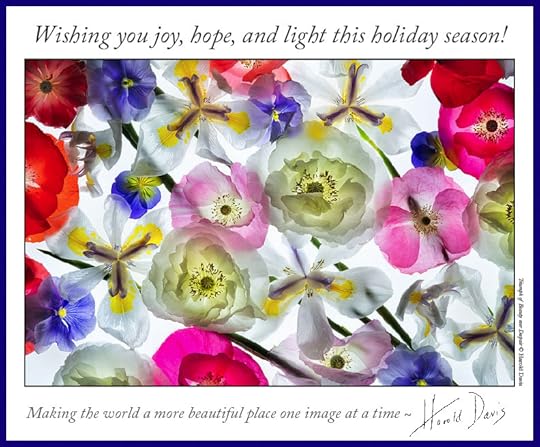Harold Davis's Blog, page 5
February 26, 2025
White on White
Why, you might ask, did I photograph this white camellia blossom in a white dish on a black background in color rather than in black and white? Great question! These days, I often make the decision to choose monochrome or color early, starting with my choice of camera (Monochrom M11 for black and white, Leica M11P for color). Of course, there’s nothing to stop me from changing my mind “down the road” in post-production; I’ve often photographed in color and later created a monochromatic version in Photoshop.
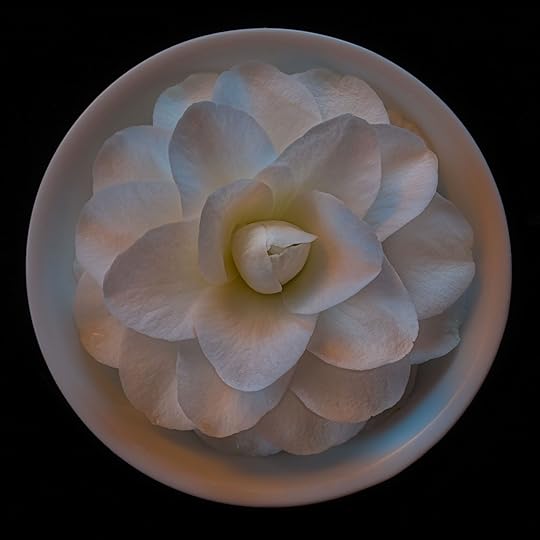 White on White © Harold Davis
White on White © Harold DavisIn my book Creative Black & White I explain that subject matter that is largely without color often makes for good monochromatic imagery. Using this frame of reference, the White on White would seem to be a good candidate for monochrome. Why did I choose otherwise by eschewing the Leica Monochrom camera (and monochromatic conversion later in the process)?
Every photo represents an idea. Sometimes the idea is interesting or experimental. The idea can be visual, experiential, theoretical, personal, or some combination of these. A banal and boring idea leads to a banal and boring photo, and an interesting idea may lead to an interesting photo, even if the viewer cannot easily identify the idea behind the image.
The idea that White on White represents is one of subtlety; indeed, it is about a kind of subtlety itself: exploring the different and subtle gradations of “color” that make up black and white. This is an idea that I felt could best be explored in color (although I have at other times explored this idea in black and white).
The monochromatic choice (same basic idea but using grayscale): Egg and Egg White.
February 24, 2025
Hellebores
Hellebores are small shade plants in the Ranunculus family. You may have to get down on the ground to view this gorgeous perennial, which blooms early in the spring. While several of the Hellebore species have “rose” in their common names—Helleborus orientalis is known as the Lenten rose and Helleborus niger is sometimes called a Christmas rose—Hellebores are not now, and have never been, members of the rose family. If you don’t believe me, just ask Linnaeus, who named the genus in volume one of his 1753 Species Plantarum.
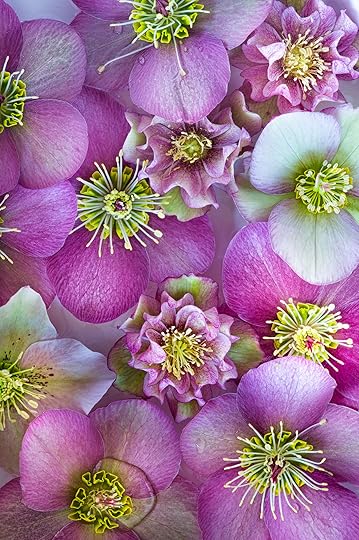 Hellebores © Harold Davis
Hellebores © Harold DavisI always enjoy photographing the Hellebores in my garden, as they are often in full bloom when nothing else is, and they are so gorgeous! I have them planted along the garden path along the side of our house that is mostly in full shade.
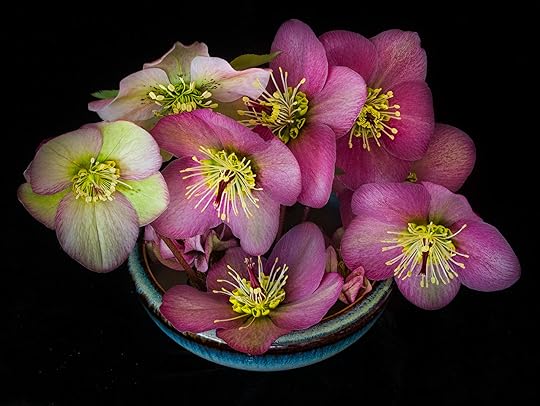 Hellebores in a Small Bowl © Harold Davis
Hellebores in a Small Bowl © Harold DavisWhat I was not aware of until recently was that all parts of the Hellebore plant are poisonous. They are toxic when eaten, and can also be irritating to touch, causing a burning sensation. The deadly properties of Hellebores have been known since Hellenic antiquity: in the sixth century BC Hellebores were used in a early example of chemical warfare to poison the water supply of Kirrha during the First Sacred War.
How can a flower that is so beautiful also be so dangerous?
More Hellebores.
February 16, 2025
Photographing Flowers for Transparency with Harold Davis (Online) | Feb 25
BaseCamp presents Harold Davis in Photographing Flowers for Transparency | Tuesday, February 25, 2025 at 4pm PT | Online webinar at your computer everywhere and anywhere | Click here for registration for the live webinar and to receive the recording.
Description: In this detailed online presentation, Harold Davis shows his stunning floral imagery and explains in detail his process for light box photography. Botanical composition, exposure, and post-production are explained.
According to Harold Davis, “Light box photography is a joy on its own, and is a great form of photography to practice at home with relatively minimal investment in equipment. In addition, techniques that can be learned from light box photography cut across myriad aspects of photography—such as exposure and composition—and will enrich all aspects of your photographic practice.”
Bring your questions! The presentation will be followed by a Q&A.
When: Tuesday, February 25, 2025 at 4pm PT.
Where: Webinar, on your computer anywhere. Click here for registration for the live webinar and to receive the recording.
Cost: $25.00 (includes the recording of the event)
 Petal Pushing 2 © Harold Davis
Petal Pushing 2 © Harold DavisIn this webinar, you will learn:
The benefits of photographing flowers on a light boxWhen to use backlighting with flowersUnderstanding transparency and translucencyFloral arrangement on a light boxThe three most common patterns of floral arrangement: bouquet, mandala, “en-masse”Understanding high-key dynamic rangeExposing for transparency on a light boxCombining exposures using layers in PhotoshopWorking with flowers: composition and patternsClick here for registration for the live webinar and to receive the recording.
 Petal Pushing © Harold Davis
Petal Pushing © Harold Davis
January 31, 2025
Now Open For Registration | Off-the-Beaten Track Japan 2025 Photography Tour
This photographic journey will take us to areas of Japan that Westerners often do not see, with an emphasis on photography and visual art at a pace specifically designed to enhance the photographic experience. Harold Davis will assist in group and personalized photographic teaching and artistic enhancement aimed at helping each participant achieve their creative visions. Our group will be guided by the esteemed Kana Hattori-san, whose bilingual abilities and background in Japanese cultural traditions will enhance our enjoyment of the art and sacred islands of Japan.
More info: Click here for an overview, here for the complete Itinerary, and here for the Reservation Form.
 The World Is Upside Down © Harold Davis
The World Is Upside Down © Harold DavisPlease consider this unique photography odyssey to off-the-beaten track Japan. In addition to photography, as one of our 2024 guests put it, “You guys did a fantastic job of putting together a rich, substantial, beautiful introduction to a cross section of Japanese history, culture and beauty.”
Dates: Saturday, November 9, 2025 (Osaka) – Sunday, November 22, 2025 (Kyoto).
Group size: This is an exclusive, small photo workshop (non-photographer significant others are also welcome) with very limited space availability. The minimum group size is six and the maximum is twelve.
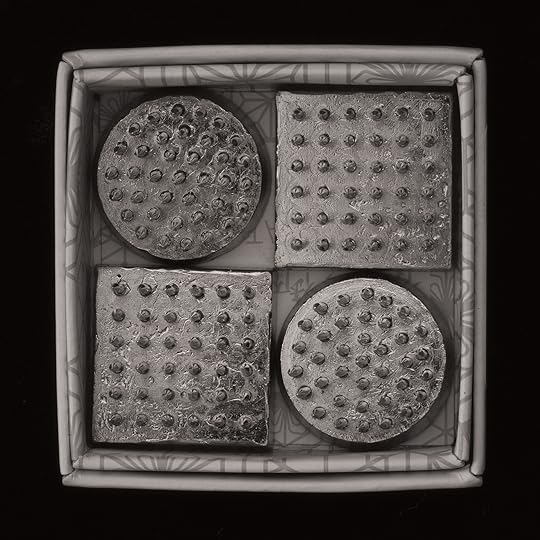 Small Ikebana Stands © Harold Davis
Small Ikebana Stands © Harold DavisCost: The cost for the 2025 adventure is $12,975 per person, with a $1,680 single supplement. There is a $250 early-bird discount (per-person) for registration by March 1!
This trip includes many amazing things! Click here for an overview, here for the complete Itinerary, and here for the Reservation Form.
Please contact us with any questions. I hope you will consider joining me in Japan.
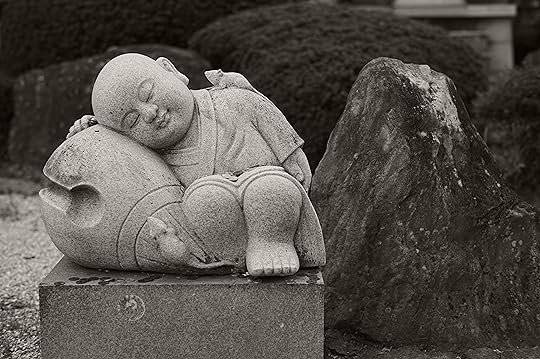 © Harold Davis
© Harold Davis
January 23, 2025
Now Open for Registration | Flower Photography Intensive Workshop | July 14 – July 18, 2025
This five-day workshop is intended for photographers who are passionately interested in floral photography. Harold Davis’s unique light box techniques will be covered in depth, along with still life, field, garden, and macro photography and the relevant post-production techniques. Expand your creative floral photography horizons with one of the living masters of flower photography. We look forward to a vibrant and joyful week!
Now open for registration. Please click here for location, curriculum, more information, and how to register!
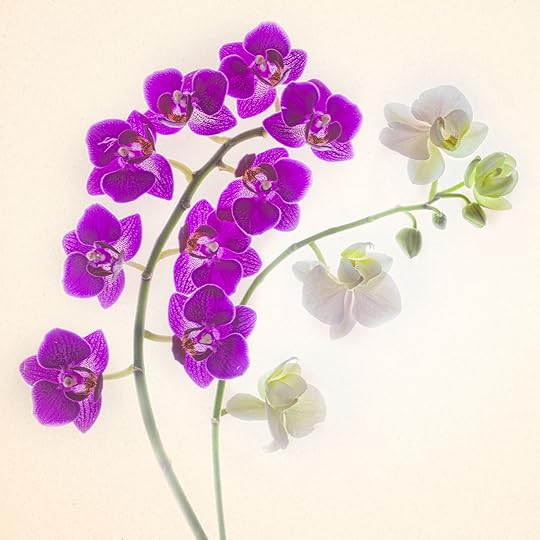 Orchids © Harold Davis
Orchids © Harold Davis
January 21, 2025
New Murals
We were commissioned to create two large murals created from my work. Phyllis designed the compositions, which are shown in the JPEG files here. For now I can’t go into details about the commission, but I’ll post more specifics about the project, along with installation photos down the road. I particularly like the design work Phyllis did with the complex diamond pattern. There’s a lot to look at at this mural, both from a distance and when you get up close.
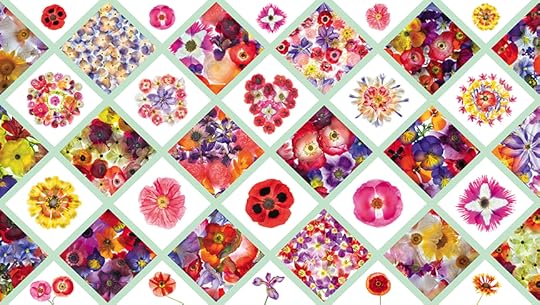 Wall Mural © Harold Davis
Wall Mural © Harold Davis
 Wall Mural © Harold Davis
Wall Mural © Harold Davis
January 20, 2025
The Still Life
I’ve been puzzling over the definition of “still life.” As best I can tell, a still life is an arrangement of objects that are not alive, as “alive” is commonly understood. A portrait of a person is not a still life. A landscape image of a forest is not a still life, but an arrangement of branches, leaves, pine cones, and other objects from the forest is still and can be arranged into a still life.
All this seems a bit arbitrary. If you include a dead dragonfly, the resulting composition can still be considered a still life, but if your pet cat is captured moving through the image it is arguably no longer still.
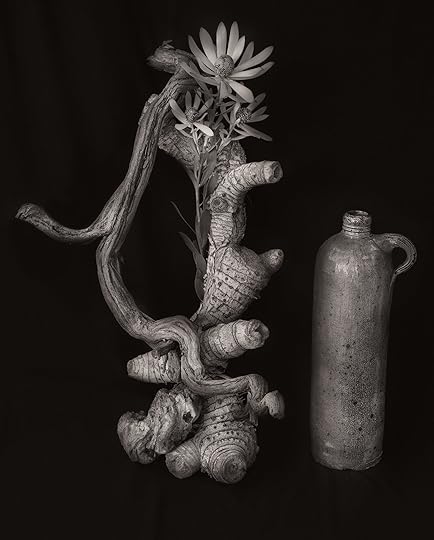 Still Life with Jug © Harold Davis
Still Life with Jug © Harold DavisI’ve been puzzling over this—as befits someone whose logician father drummed into him early the importance of semantics—but I think the key point is not the terminology but rather the active arrangement. As with my high-key light box work, the key step is choice of the objects and creating the patterns and flow of the arrangement, not the capture of the resulting image.
With a still life, the photographer has complete control of everything: the objects, how they are placed, the lighting, and so on. This is in contrast to every other kind of photography. In portraiture or model photography there is a collaboration with the (hopefully interactive) subject. In landscape photography, as Ansel Adams once noted, sometimes he is in the right place at the right time to make a great photo. The trick is to be there, to get the location and position right, and to recognize the moment, but you don’t get to “arrange” monumental mountains or the roar of the waves.
Arguably, the still life is the most individualistic of all the genres of photography, where one can most directly express one’s personality rather than capturing a slice of the existing world.
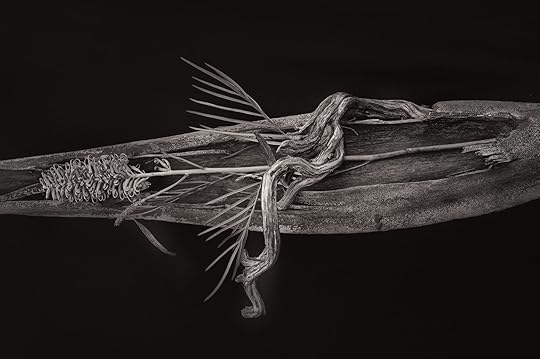 Still Life: Outrigger © Harold Davis
Still Life: Outrigger © Harold DavisThe other day, Jaime, a neighbor and friend, invited me to a collaborative still life photography session in his backyard. Jaime, Jessica, and I created and photographed our still life compositions. Great fun! The driftwood shown in these still life compositions, including the piece that looks rather like a large ginger root, is from Jaime’s ongoing collection of still life artifacts, mostly collected (I think) on California’s beaches.
 Still Life: Driftwood © Harold Davis
Still Life: Driftwood © Harold Davis
January 12, 2025
Yearning (Vase with Tulips)
As the tulips settled into my arrangement in the vase they reached out, curved, and seemed to combine the wisdom of aging with continued vitality. Not quite an arrangement featuring wabi-sabi—beauty that can be found in decay—these flowers represent the yearning that we have to live life to the full at the height of our posers, while realizing that there is another side to the cycle of life.
 Yearning (Vase with Tulips) © Harold Davis
Yearning (Vase with Tulips) © Harold DavisI photographed the arrangement on an improvised black background using filtered sunlight from the front and left side. I placed a white card slightly out of the frame-of-view on the right side to better balance the light on the vase.
Great fun to capture such beauty!
December 26, 2024
Best wishes for a creative, productive, and happy New Year!
Best wishes from Phyllis, myself, and our family to you and your loved ones for the holidays and the coming year.
Please keep in touch and appreciate those that are close to you and all that is beautiful in this extraordinary world of ours.
December 22, 2024
Harold Davis—Best of 2024
“May you live in interesting times,” as the aphorism goes: and 2024 has certainly had its moments of interest! In terms of my life in photography, the year started in New York and Key West, Florida, proceeded to France and Ireland in the spring, included gardening and flower photography at home, and followed up with a lengthy and magical trip to Japan in the autumn.
Midyear I made the first major shift in my tools-of-the-trade in many years: I switched from my Nikon D850 (I still use it sometimes and try to make sure it isn’t feeling utterly neglected!) to a Leica M11 Monochrom and a Leica M11P. They are my camera darlings!
Can you see where the switch occurred, and whether the tools of the craft make a difference in my work? Personally, I think making art is about what is in my head and heart, not whether I am using a Nikon or a Leica: but I do love those Leica lenses!
In 2024, one professional accomplishment was the publication of five of my images as”miscellaneous” USPS postage stamps. The stamps were celebrated at a First Day of Issue ceremony here in Berkeley, California with related publicity including a TV interview.
I’ve been making my “personal choice” best-of selections for many years, going back to 2013. These annual selections can be found here. My choices are idiosyncratic, based on no discernible criteria whatsoever, and simply are my personal taste. These selections are by no means complete. A more thorough catalog of my work can be found on Flickr, Instagram, and on my blog (but many of my images never get blogged even if I like them and they are widely reproduced).
Without further ado, here are my 2024 choices!
Unzip my Petal Heart
First, there was the business of hearts. Hearts are not to be taken lightly. They never are: hearts can be broken, lost, found, and mended. Always pay attention to who and what you love! Read more.
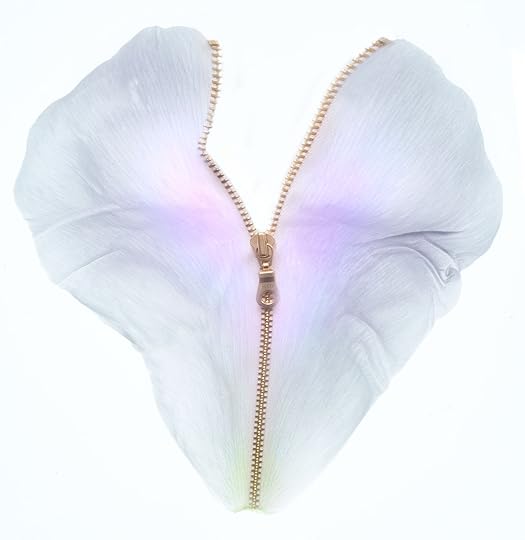 Unzip My Petal Heart © Harold Davis
Unzip My Petal Heart © Harold Davis
Bridge to Nowhere
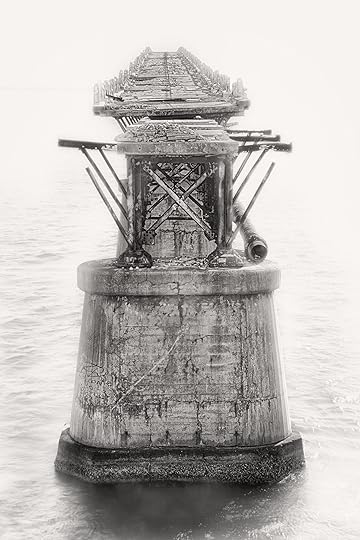 Bridge to Nowhere © Harold Davis
Bridge to Nowhere © Harold Davis
Irises and Red Tulips
 Irises and Red Tulips © Harold Davis
Irises and Red Tulips © Harold Davis
Flower Magic
Well, flowers are magical. So is nature, and so are people. Of course, with light comes darkness, and without the contrast we would not grasp the magic of the moment in its entirety.
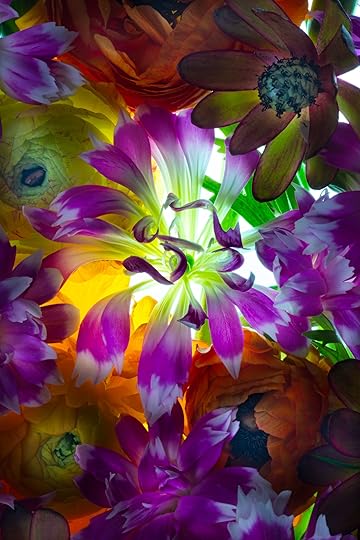 Flower Magic © Harold Davis
Flower Magic © Harold Davis
Well, flowers are magical. So is nature, and so are people. Of course, with light comes darkness, and without the contrast we would not grasp the magic of the moment in its entirety.
Ranunculus
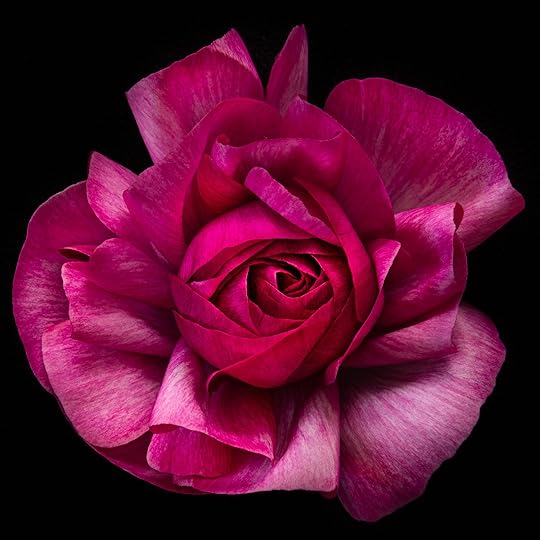 Ranunculus © Harold Davis
Ranunculus © Harold Davis
Selfie in a Bathroom
Wherever you go, there you are. I embrace this solecism (or tongue-in-cheek tautology if one prefers). But I do wonder why so many hotel bathrooms have “infinite” mirrors. Read more.
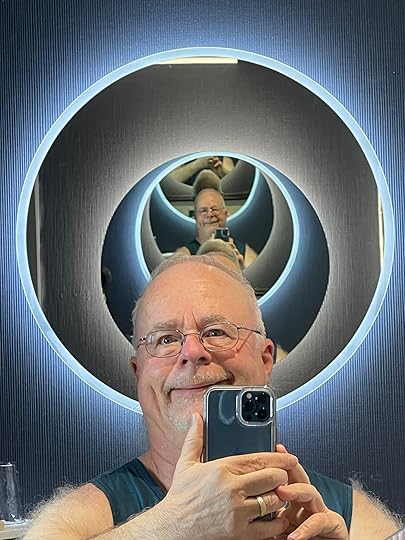 Selfie in a bathroom in Albi © Harold Davis
Selfie in a bathroom in Albi © Harold Davis
Little Venice, Castres
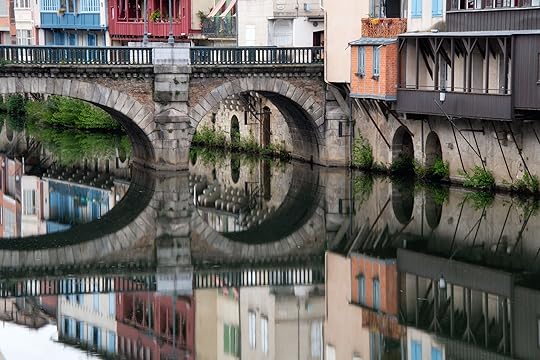 Little Venice, Castres © Harold Davis
Little Venice, Castres © Harold Davis
Bottles
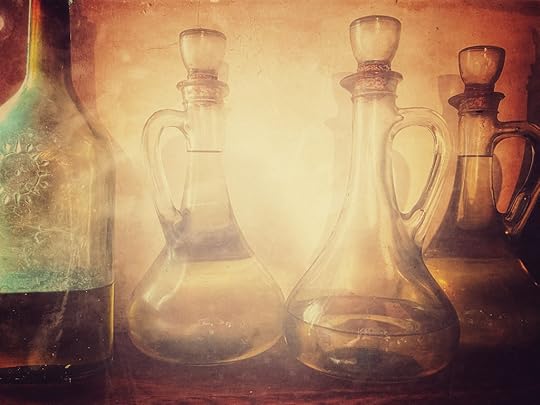 Bottles © Harold Davis
Bottles © Harold Davis
Kinard Beach
Kinard Beach is on the Dingle peninsula in County Kerry, Ireland. Dingle and the Dingle peninsula ares truly magical places, with frequent rain, changeable weather, and mountains slipping into the wild Atlantic ocean. Read more.
 Kinard Beach © Harold Davis
Kinard Beach © Harold Davis
Iris
 Iris © Harold Davis
Iris © Harold Davis
Triumph of Beauty over Despair
I’ve talked—and written—about designing a structure behind an apparently free-form image. With flower photography on a light box, possible forms this structure can take include a bouquet, a garden patch of upright flowers, and a mandala, to name a few compositional ideas. Read more.
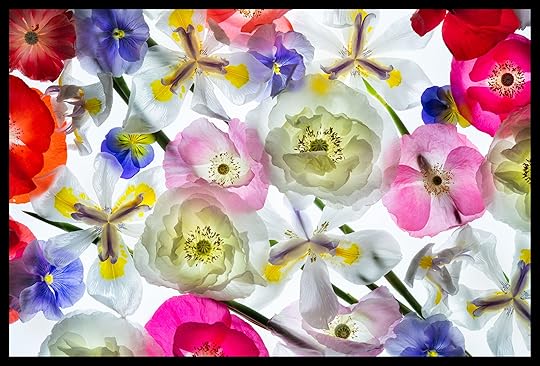 Triumph of Beauty over Despair © Harold Davis
Triumph of Beauty over Despair © Harold Davis
Dragonfly’s Garden
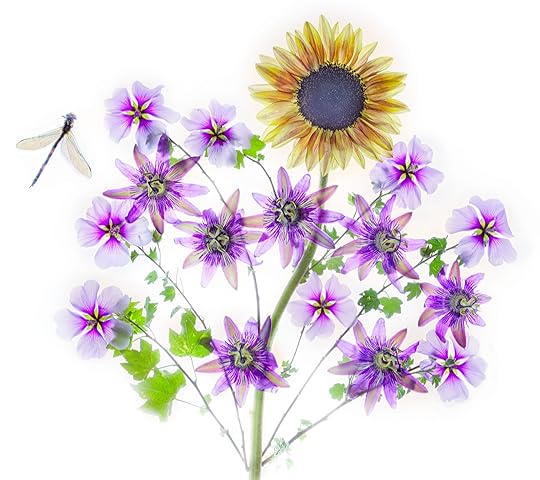 Dragonfly’s Garden © Harold Davis
Dragonfly’s Garden © Harold Davis
Eye of the Dragon
Eye of the Dragon, shown below, is a Photoshop composite of an extreme close-up of a dahlia blossom and my left eye. Read more.
 Eye of the Dragon © Harold Davis
Eye of the Dragon © Harold Davis
Planet Dahlia and House of the Rising sun
I’ve been enjoying photographing seed pods with my Leica Monochrom M11. My new photography neighborhood friend Jaime showed me a local garden, and we photographed flowers and seed pods on location. Later I went back to the garden, and asked the owner if I could cut a few to bring back for studio photography. Read more.
 Planet Dahlia © Harold Davis
Planet Dahlia © Harold Davis
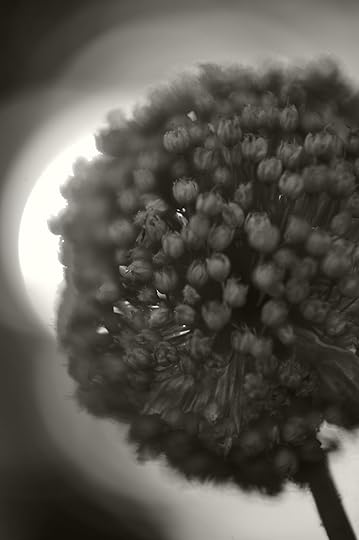 House of the Rising Sun © Harold Davis
House of the Rising Sun © Harold Davis
Iris
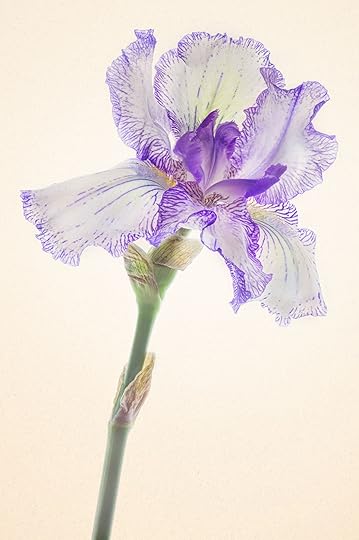 Iris © Harold Davis
Iris © Harold Davis
Above Ryuzu Falls
I’ve never understood the lyrics of the song “Don’t go chasing waterfalls.” Apparently, if you Google it, the lyric to this catchy tune (I’ve worked out to its beat at Orange Theory) “is a metaphorical warning against pursuing self-destructive behavior. Waterfalls appear beautiful and mesmerizing, but their currents run strong and lead to extreme and violent endings”. Read more.
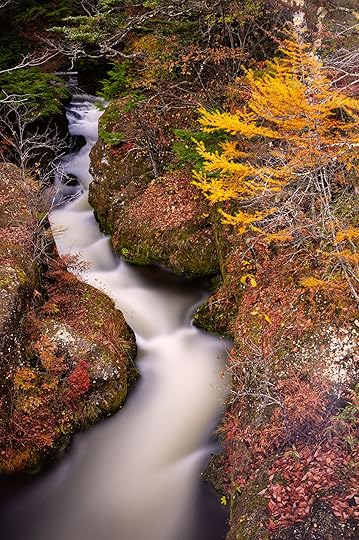 Above Ryuzu Falls © Harold Davis
Above Ryuzu Falls © Harold Davis
Kegon Waterfall
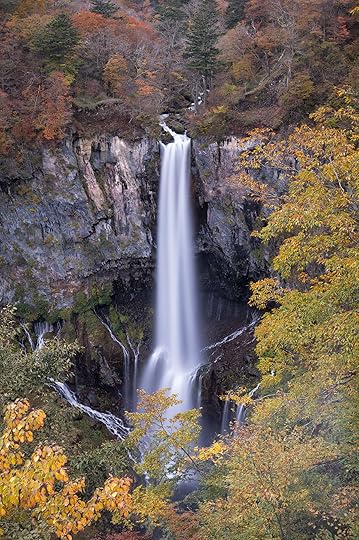 Kegon Waterfall © Harold Davis
Kegon Waterfall © Harold Davis
Autumn Reflections, Isuein Garden
Some photographic subjects resonate in the poetic sense. For example, spirals, bridges, the light at the end of the tunnel. Of course, this possible subject-matter resonance is not sufficient to create a provoking image. But many of us look for subject matter with that hint of the ineffable. I know I do. Read more.
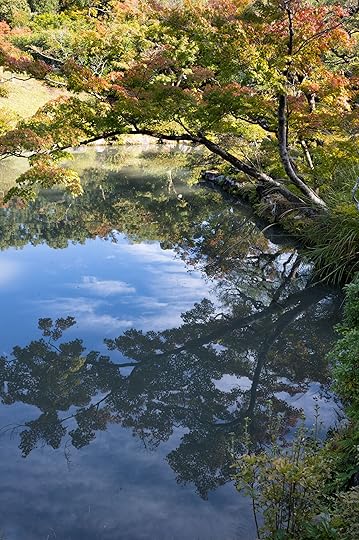 Autumn Reflections, Isuein Garden © Harold Davis
Autumn Reflections, Isuein Garden © Harold Davis
Something Fishy
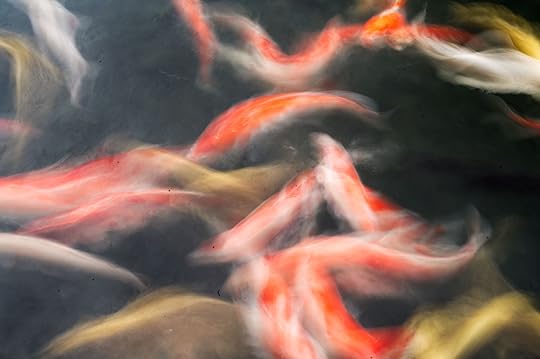 Something Fishy © Harold Davis
Something Fishy © Harold Davis
Small Ikebana Stands
Ikebana is the Japanese art of flower arrangement. From its origins in Kyoto more than a millenia ago, this is an art form that has evolved within a formal tradition of considerable restraints. Read more.
 Small Ikebana Stands © Harold Davis
Small Ikebana Stands © Harold Davis
Peonies in a Vase
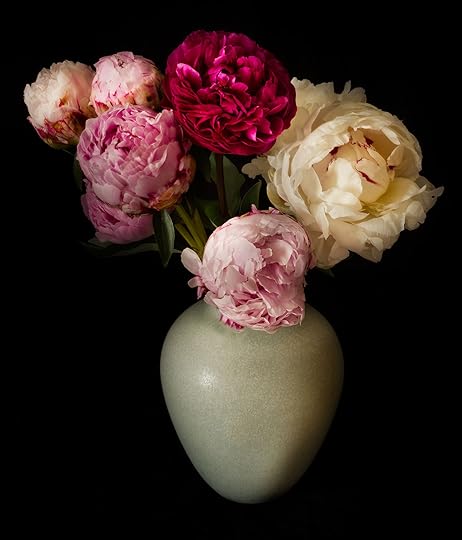 Peonies in a Vase © Harold Davis
Peonies in a Vase © Harold Davis
Iya Valley Sunrise
Iya Onsen Hotel perches high above the Iya River in the mountainous and less-traveled region that is in the interior of Shikoku, Japan’s fourth largest island. The area is magical, and the hotel is very special. A self-service tramway takes you down to the onsen (warm public baths) beside the river banks. Read more.
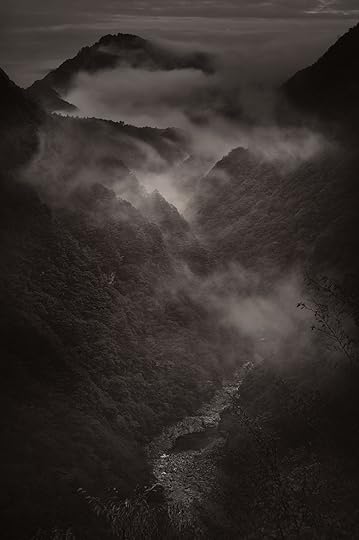 Iya Valley Sunrise © Harold Davis
Iya Valley Sunrise © Harold Davis
Orchids
 Orchids © Harold Davis
Orchids © Harold Davis
I hope you’ve enjoyed this overview of my 2024 photography adventure. This year has been not without challenges for myself, our family, and the world, but I have enjoyed traveling, spending time with my family and in my garden, being creative, and growing as an artist!
Most of my images are available as prints. If you are interested, please let me know.
Check out my self-selected bests from previous years in Best Images Annuals!


